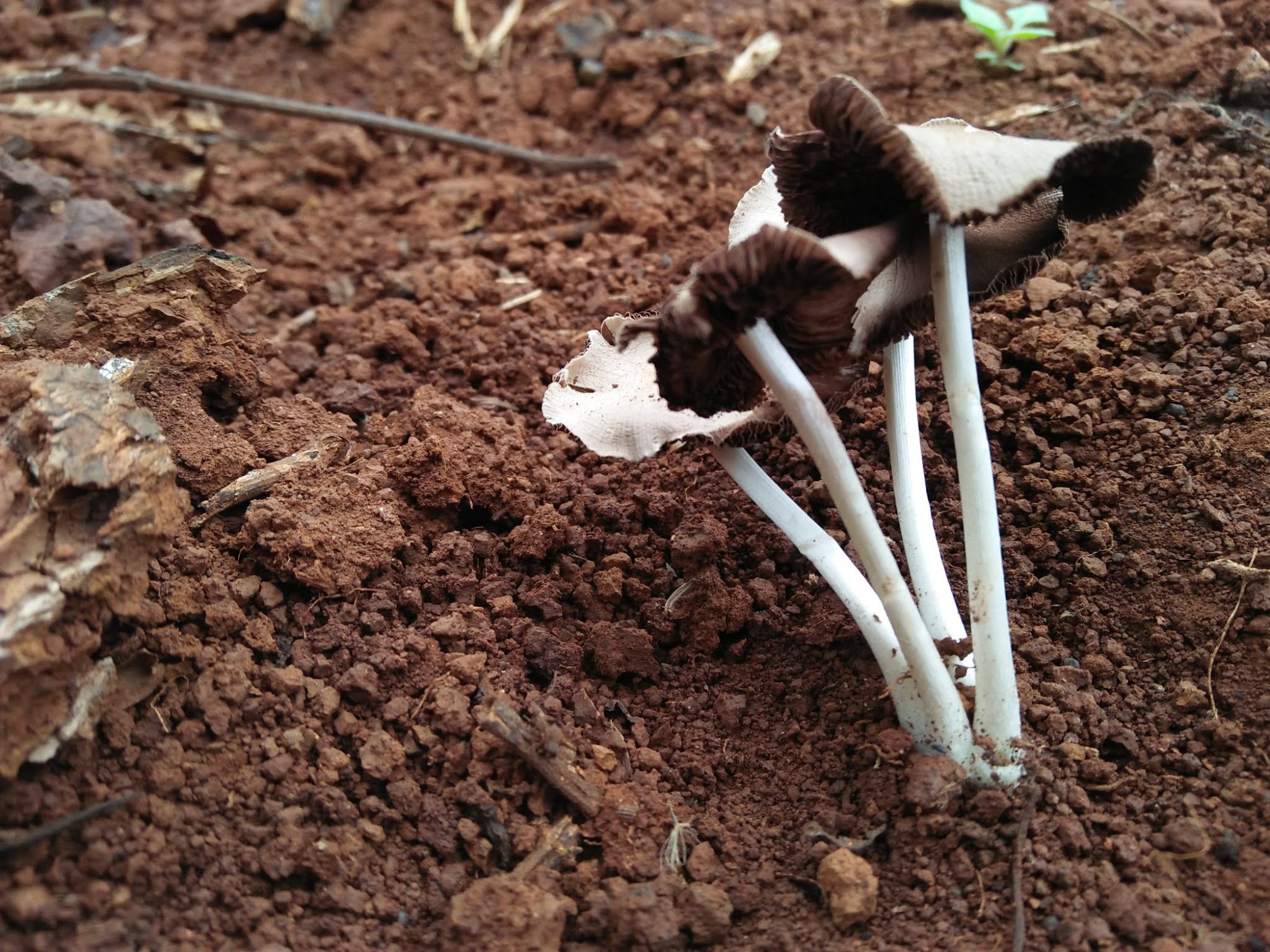Stem-round4
A special property of acids and bases is their ability to neutralize the other’s properties. An acid is an ionic compound that produces positive hydrogen ions (H+) when dissolved in water. A base is an ionic compound that produces negative hydroxide ions (OH-) when dissolved in water. To get a better understanding of what Acid and Base are, we did the experiment call the Acid and Base Test.
Material: Cups and Red cabbage solution as an indicator
- Lemon juice, Vinegar, Sprite, Water, Toothpaste and water solution, Baking soda and water solution, Bleach.
Step 1: Add 20 ml of each solution to a each cup
Step 2: Pour indicator solution to each solution cup
Step 3 Acid vs Base
- Take Lemon juice cup ( already mixed with indicator) and Pour it in the bleach cup
- Take baking soda and water solution and pour it in the vinegar ( Take note of the reaction )
- Take Sprite and pour slowly into the toothpaste solution ( take note of the reaction )
These below are the result after the experiment:
- Lemon juice with the indicator: The lemon juice being the most acidic of the lot changes to a bright red color.
- Sprite with the indicator: The color changes to a very light pick.
- Water with the indicator: Because water is neutral so the color with turn into the red cabbage color.
- Toothpaste and water solution with the indicator: The color change to a very very light pink.
- Bleach with the indicator: It goes back the bleach’s color.
- When you pour the Lemon juice cup into the bleach cup, the color will turn into the color of the bleach. This is because the bleach has the strongest base, so it resolves the red color from the red cabbage indicator to its own color
- Why when you put the sprite into the toothpaste and the color turn to the color of the indicator?
- This is because they both are neutralize that’s why the color turning to the color of the red cabbage.
Paying attention to the experiment is really important because it helps you to understand more clearly about Acid and Base.
